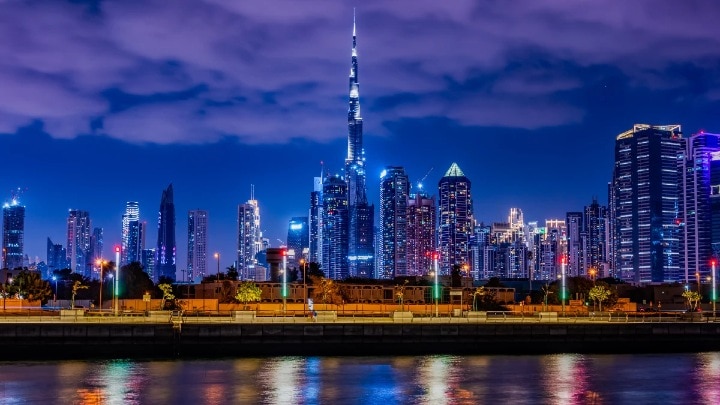31st October, 2022
European cities of all sizes are confronting the fact that their buildings, streets, and municipal services are not yet green or efficient enough to successfully deal with the energy, climate, and economic crises confronting them today.
Many initiatives are already in place to expand the renewable energy sources and to develop the connected infrastructure that cities need, but the scope and pace of these programs is falling far short of the wholesale transformation that’s required.
“We have seen a big emphasis on transitioning energy sources and this is still a massive priority, but people are realizing that we are running late, and building up that supply of green energy is going to take time,” says Alice Steenland, Chief Strategy and Sustainability Officer and member of the leadership team at Signify.
Increasing energy efficiency sits firmly at the center of this focus. Connected LED lighting, with the potential to reduce lighting-related energy consumption by as much as 80% over alternatives, can play an important role here—not only to address energy efficiency needs in the short term, but to improve quality of life and protect the environment in the long run.
Switching all light points in the 27 EU member states to LEDs, for example, could save €65.1 billion in energy costs, and reduce CO2 emissions by 50.9 million tons, the equivalent of the annual emissions of almost 20 million cars or over 184 coal power plants.
In addition, the annual energy savings realized by switching all EU light points to LED would create the capacity to charge 55 million electric cars or power 47 million heat pumps, addressing transportation demands and rising energy costs respectively.
At a country level, the numbers are similarly compelling. A complete switch to LED lighting in Germany would deliver energy savings equivalent to the total amount of electricity the country generates from Russian gas. And in France, making the switch would save the equivalent of 70% of the electricity produced by all fossil fuels.
Focusing on what municipalities can do is equally important—perhaps more so. As Harry Verhaar, Head of Global Public and Government Affairs at Signify, explains, “At a national level, we need commitments and timelines for carbon neutrality but the real reduction in emissions and the real implementation needs to be at city level,”
For example, the LED switch would save enough electricity to charge almost 60,000 cars annually in a large metropolitan city, and around 10,000 in a medium-sized town. Scenarios like these demonstrate that the sum of many smaller-scale projects could have an enormous impact across a country or region.
“Cities may feel that replacing infrastructure before the end of its useful life is in some way a false economy but, it is quite the reverse,” says Verhaar.
Unlocking the massive potential of energy efficiency is a winning lottery ticket for Europe. It significantly reduces carbon emissions, results in significant savings on energy bills for cities, consumers, and business, minimizes reliance on gas imports, and frees up capacity that can be used to electrify heating and transportation.
The time for municipalities to act on energy efficiency is now. Switching conventional, energy-efficient lighting to highly efficient LED and connected LED lighting is an easy win for cities of all sizes. Taking immediate action will help put Europe on the trajectory set out in the European Green Deal. Weighing the potential benefits against the current crises, you can’t afford not to.
Make the switch today. Discover more, here
Signify Global Media relations - Professional Lighting
Claire Phillips
Tel: +44 7956 489081
Email: claire.phillips@signify.com
Signify (Euronext: LIGHT) is the world leader in lighting for professionals, consumers and the Internet of Things. Our Philips products, Interact systems and data-enabled services, deliver business value and transform life in homes, buildings and public spaces. In 2023, we had sales of EUR 6.7 billion, approximately 32,000 employees and a presence in over 70 countries. We unlock the extraordinary potential of light for brighter lives and a better world. We have been in the Dow Jones Sustainability World Index since our IPO for seven consecutive years and have achieved the EcoVadis Platinum rating for four consecutive years, placing Signify in the top one percent of companies assessed. News from Signify can be found in the Newsroom, on X, LinkedIn and Instagram. Information for investors is located on the Investor Relations page.


December 17, 2024
Transforming Dubai’s iconic buildings with connected lighting from Signify